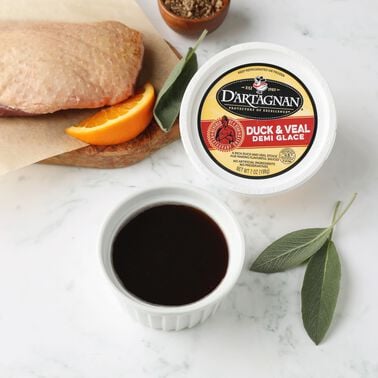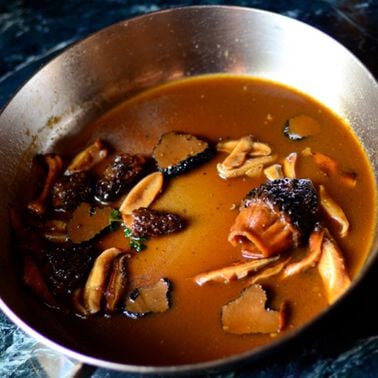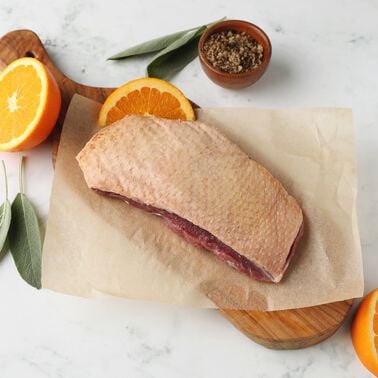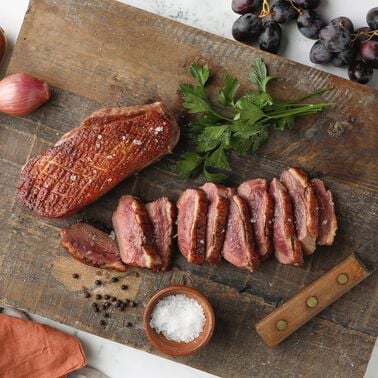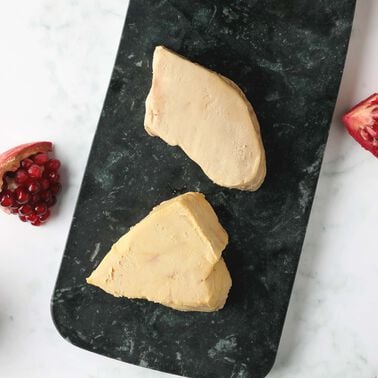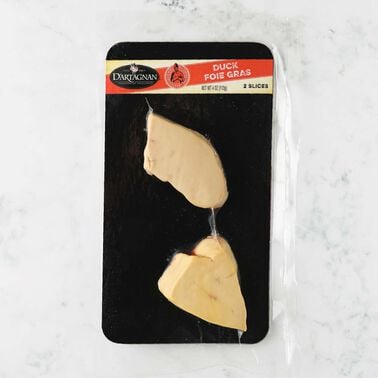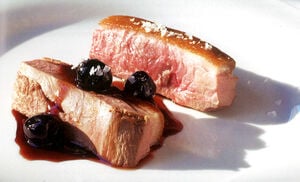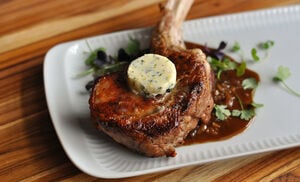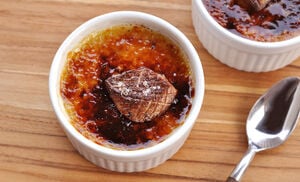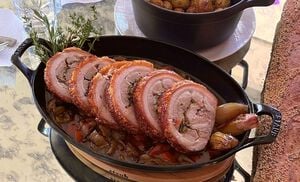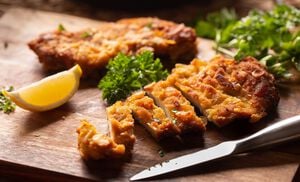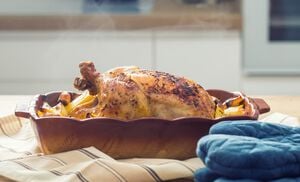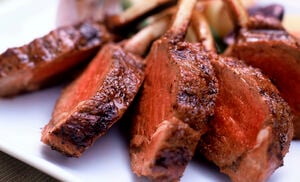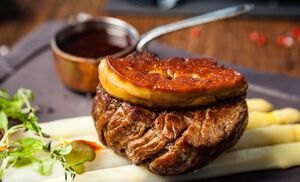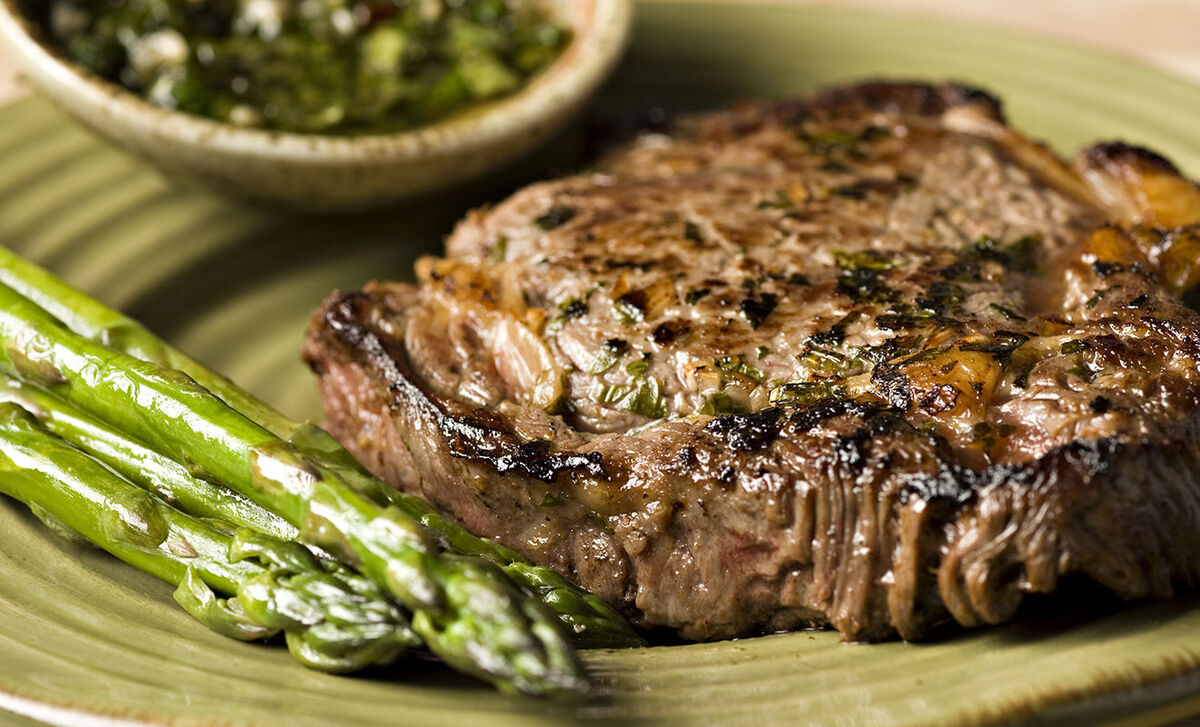
There are a couple key differences between caramelization and the Maillard reaction. First, the Maillard reaction can occur at temperatures as low as 250 degrees F. Secondly, the spectrum of flavors created by the Maillard reaction is much more complex and diverse than the relatively simple flavor of caramelized sugar, leaving a vast array of flavors to delight our taste buds.
How to Achieve Beautiful Browning
Triggering this Maillard reaction when we cook meat creates an attractive golden appearance and incredible depth of flavor. This transformation can be achieved by cooking at temperatures over 250 degrees F. Since water cannot be heated above 212 degrees F (i.e., the boiling point), meat needs to be cooked in a nice dry environment to reach the 250 degree F mark. This means boiling and steaming are out and roasting, broiling, grilling, sautéing, and frying are in. We also need to make sure that our meat is very dry when we cook it. Pat meat dry with a paper towel before placing it in the oven or searing in a hot skillet. Also be sure not to crowd the skillet or roasting pan, which can cause too much moisture to accumulate.
Even though stewing and braising involve a long period of simmering, you don’t have to forgo the rich flavor of browned meat. Sear the pieces of meat first before adding the liquid to the pan.
Don't Ditch. Deglaze!
After a piece of meat has been seared or roasted, the Maillard reaction often leaves behind brown bits that are stuck to the bottom of the pan. These bits are called “fond,” and it is literally the foundation of a delicious sauce. Don’t waste the fond by unknowingly rinsing it down the sink. After the meat is removed from the pan, discard any excess fat and return the pan to the heat. Add a liquid to the hot pan (this is called “deglazing”) and scrape the bottom of the pan with a wooden spoon to loosen all of those brown bits. For your liquid, you can use stock, wine, juice, or even water. What results is a lovely pan sauce. Reduce your sauce to the consistency you like and season to taste with salt and pepper. Swirl in a tablespoon of butter just before serving to add richness.
